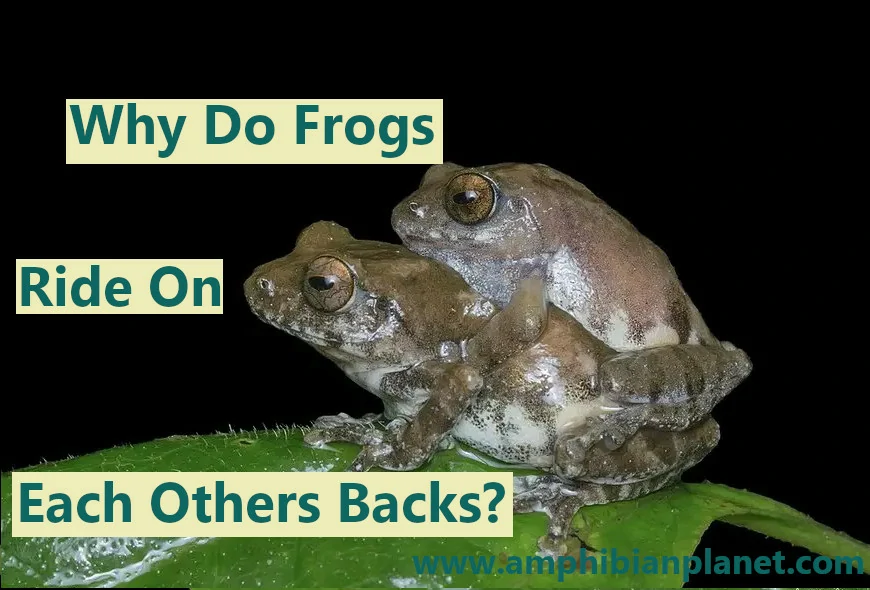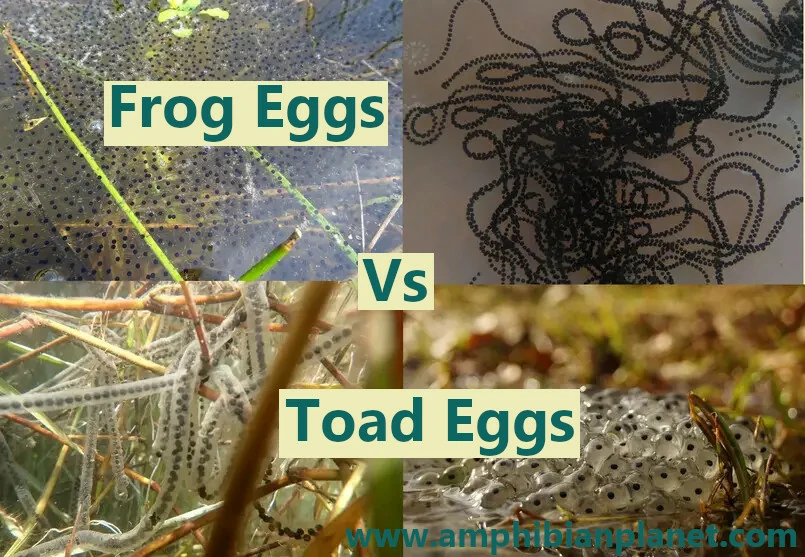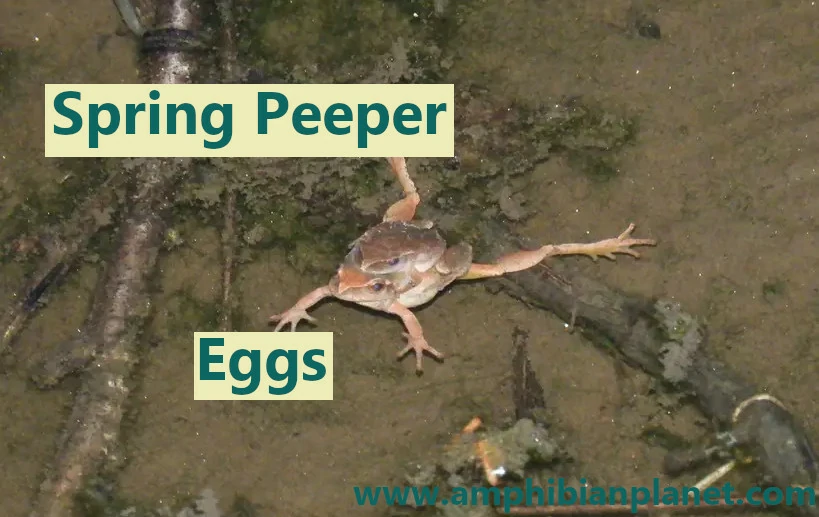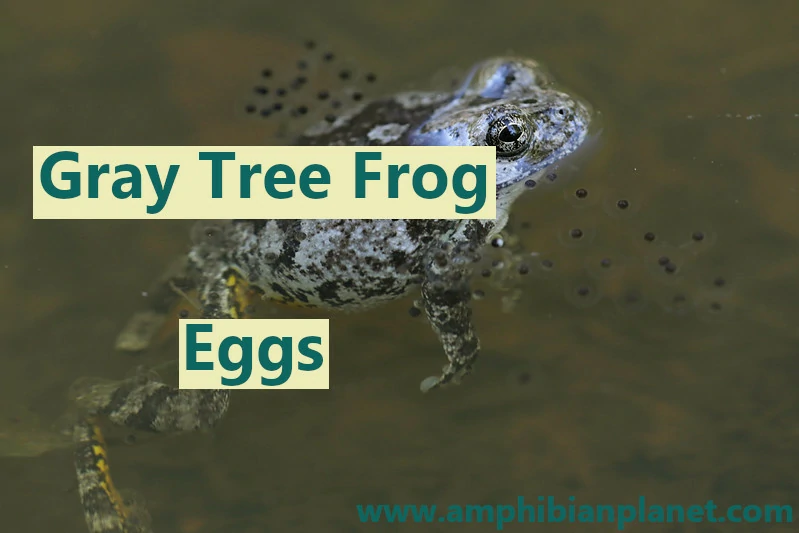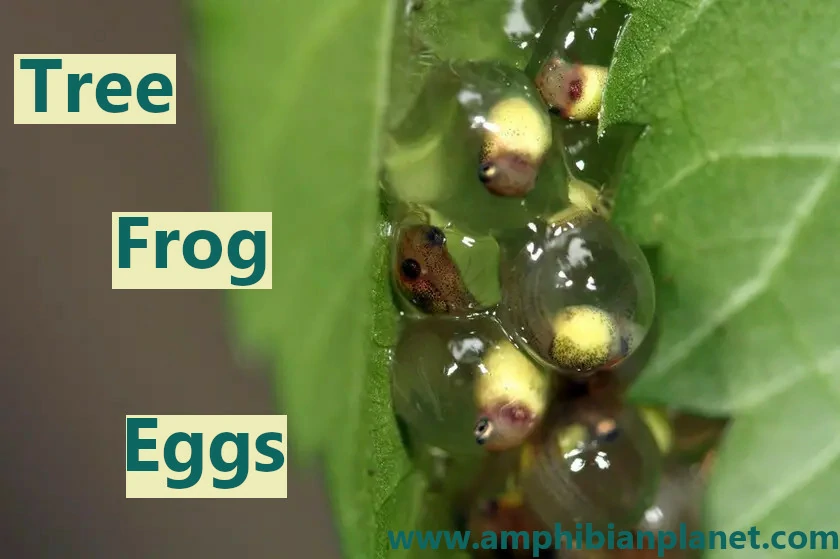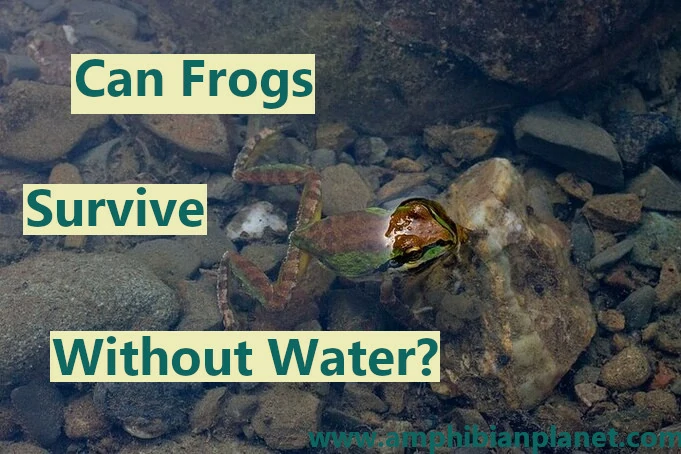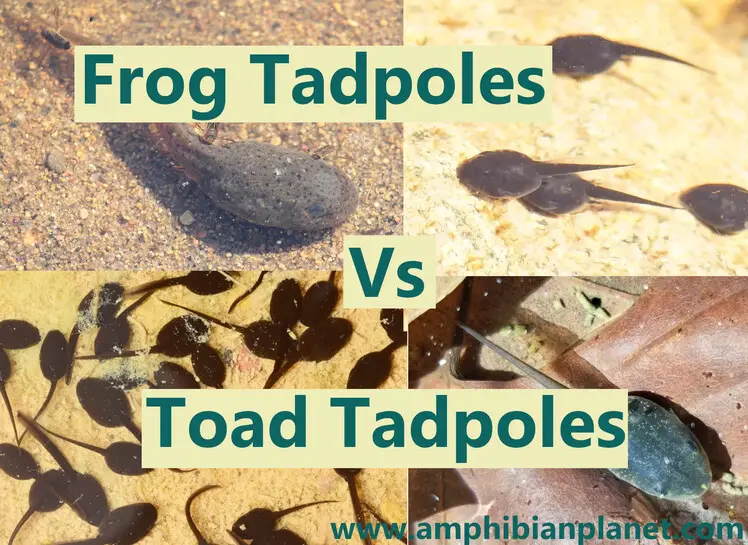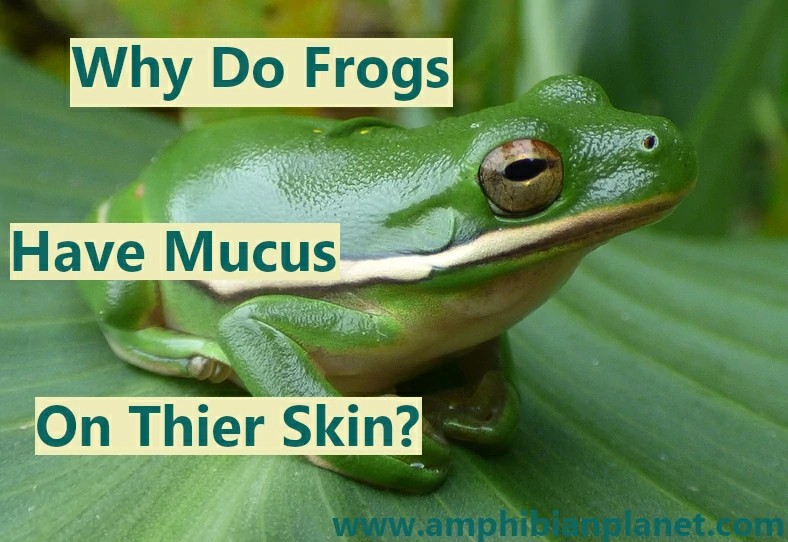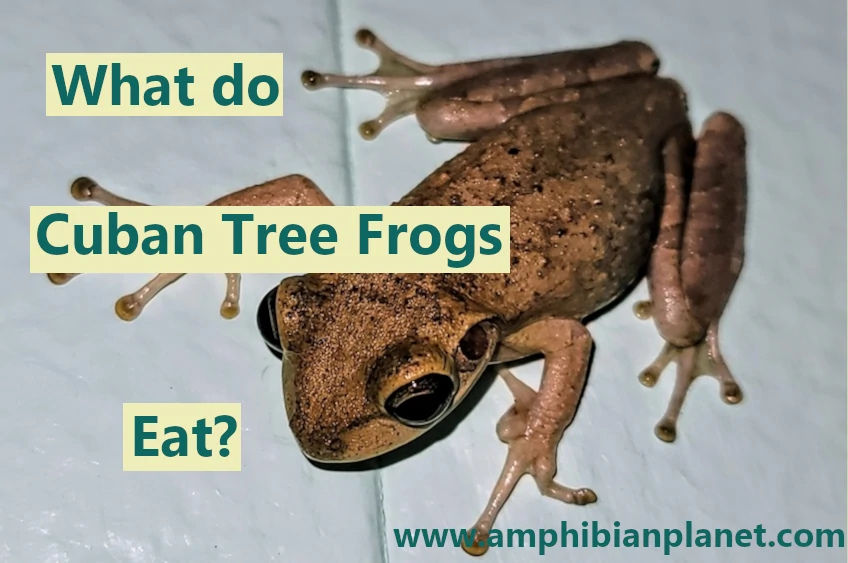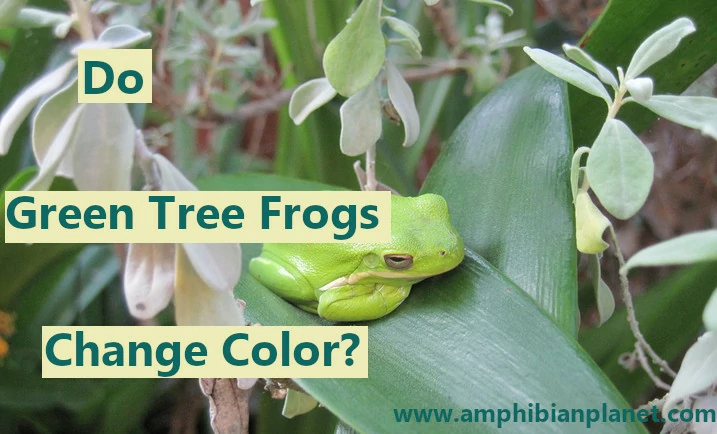Why Do Frogs Ride On Each Other’s Backs?
Frogs are amphibians, meaning they spend part of their lives in the water and part on land. In the spring, frogs head to their breeding sites, and it’s common to see frogs ‘piggybacking’ on other frogs. Frogs ride on each other backs to mate in an embrace called ‘amplexus’. In almost all frog and toad … Read more

